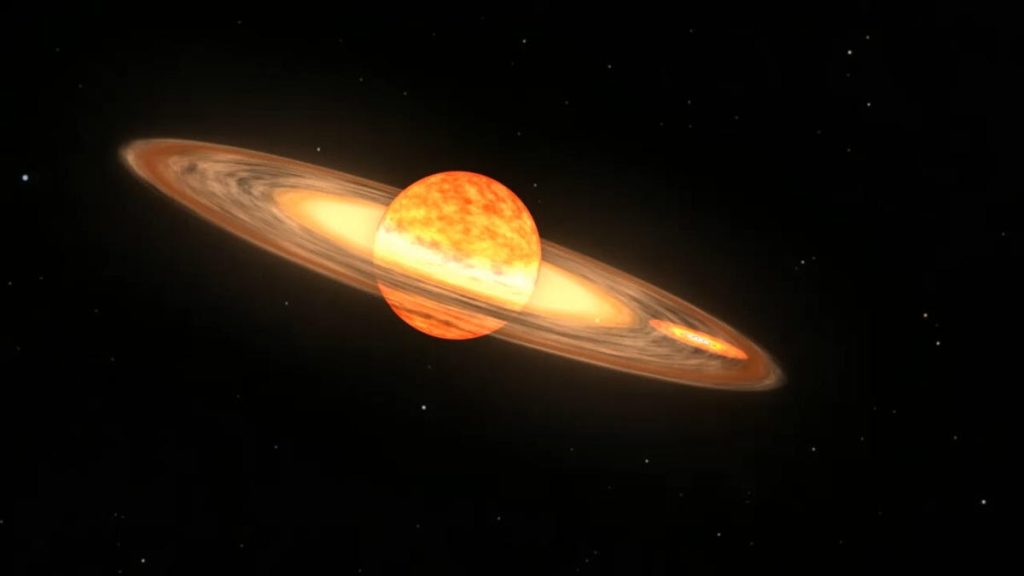A rare celestial event that occurs every 80 years is about to take place, known as a nova explosion. This event happens when a white dwarf star erupts, increasing its brightness ten thousandfold, and can be seen with the naked eye for upwards of a week after it occurs. NASA scientists and astronomers are eagerly awaiting this event, which is expected to happen between now and September, although it may take longer than anticipated. The last nova from this star system, T Coronae Borealis, occurred in 1946, and it is located about 3,000 light years away in the Northern Crown of the Milky Way.
T Coronae Borealis is a binary star system composed of a white dwarf and an aging red giant. The white dwarf, about the size of Earth but with the mass of the sun, pulls in material from the red giant until a thermonuclear explosion occurs, creating the nova. This cycle has been ongoing for over 800 years, making it a rare and significant astronomical event. NASA scientists believe that this nova will provide a unique opportunity for young people to observe and learn about cosmic events, fueling the next generation of scientists and astronomers.
To locate Corona Borealis in the night sky, one can find the two brightest stars in the Northern Hemisphere, Vega and Arcturus, and draw an imaginary line between them to find the constellation. Alternatively, it can be located near the Hercules constellation. The exact timing of the nova explosion is unknown, and astronomers are relying on citizen scientists and space enthusiasts to report the event as it occurs to collect valuable data. Early detection can help NASA better understand the mechanics of the nova and observe its peak and decline.
The nova explosion will be visible to the naked eye on a clear night, without the need for a telescope. It will appear as a new star in the sky that was not present before the eruption. While those with telescopes and binoculars will have a better view of the event, the brightness of the nova should make it noticeable to most observers. Understanding the difference between a nova and a supernova is important, with novas requiring two stars – a white dwarf and usually a red giant – while supernovas are the largest explosions in the universe, marking the death of a star and releasing elements into space. Other types of novas, such as hypernovas and kilonovas, occur under different circumstances and can have unique characteristics.


